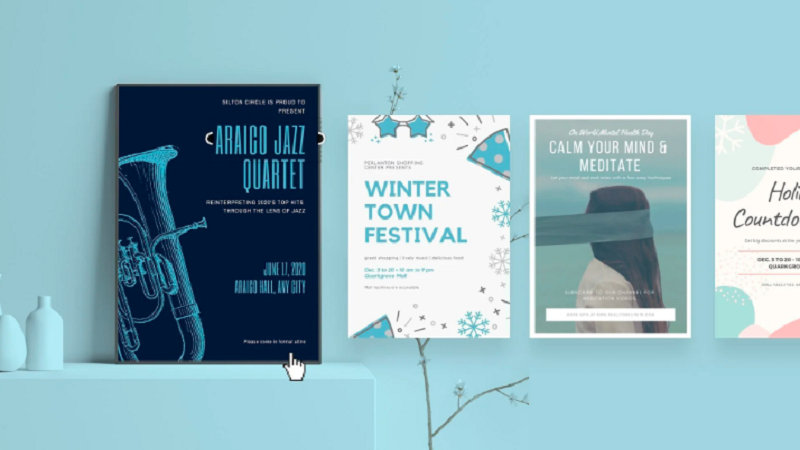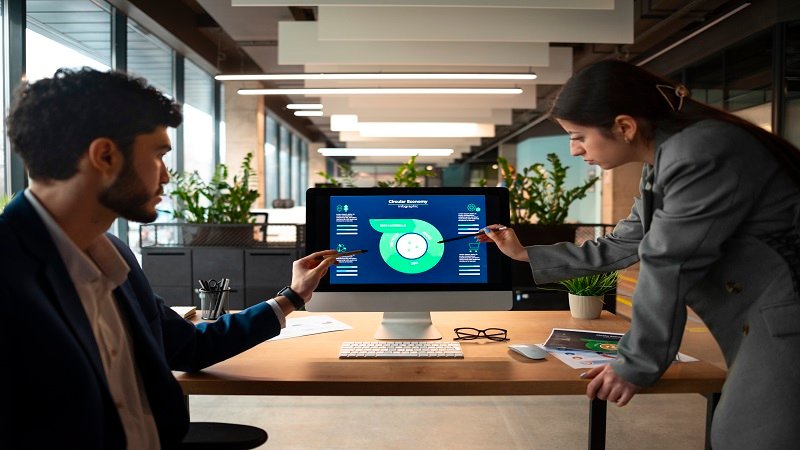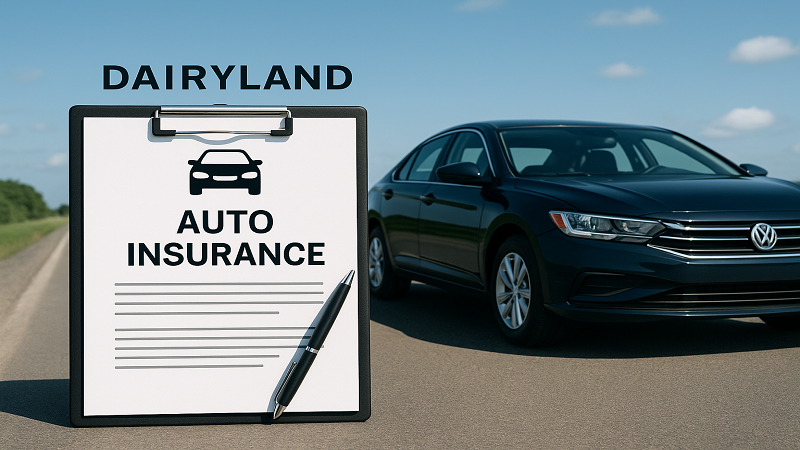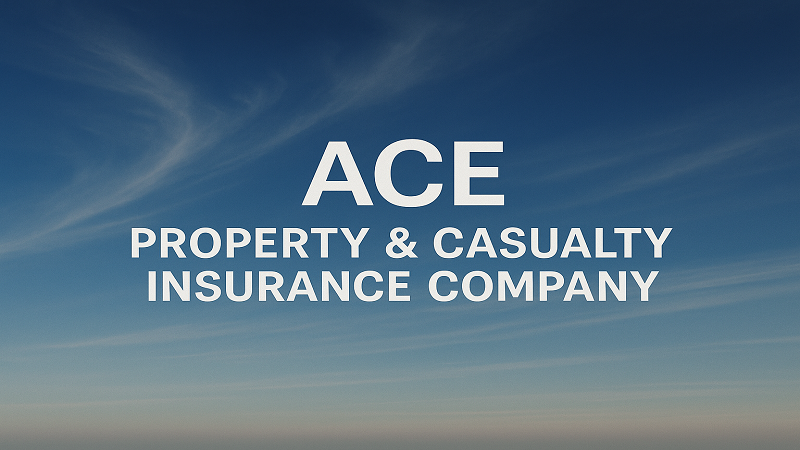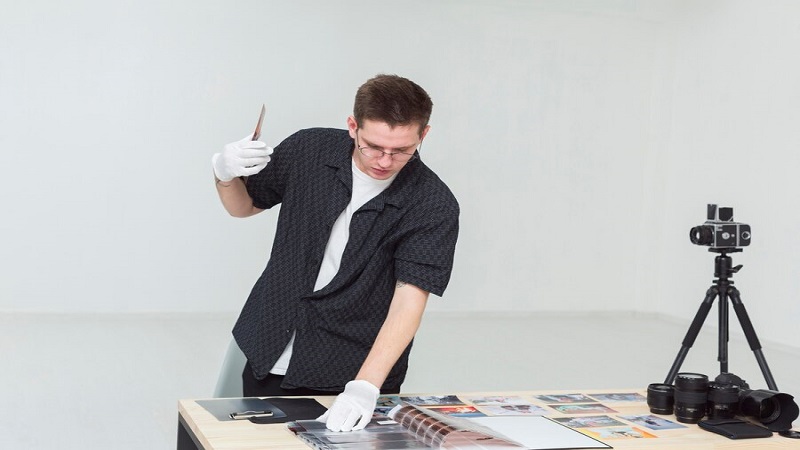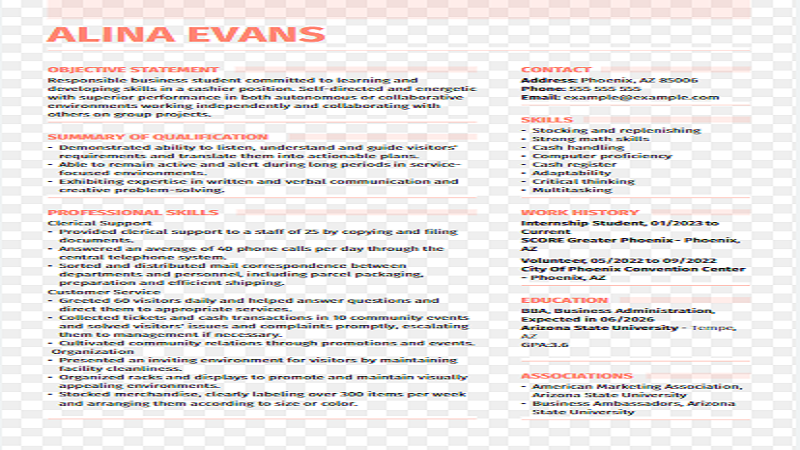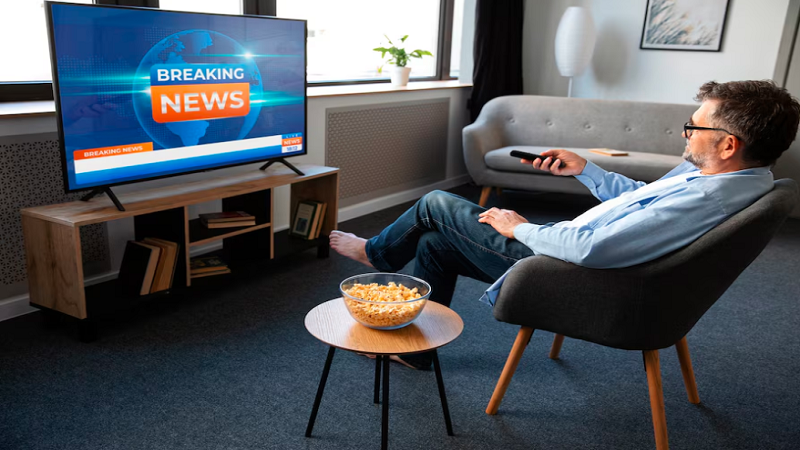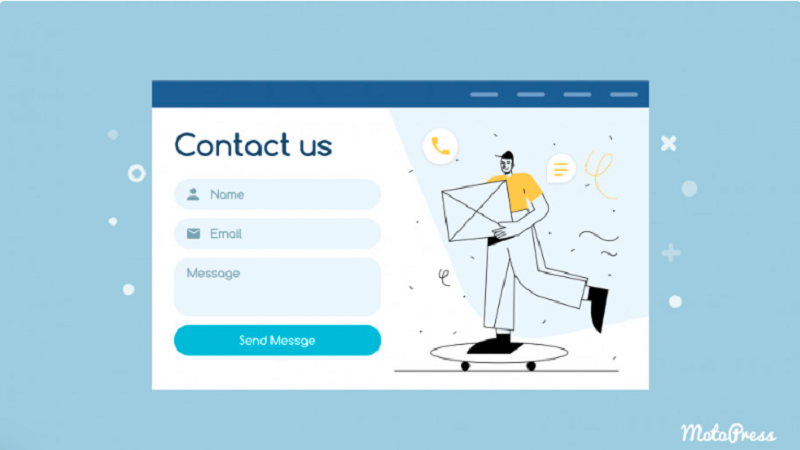Create Your Own Poster with Ease Posters have been an integral part of art, communication, and marketing for decades. Today, thanks to modern technology, anyone can become a poster creator, whether for personal use or professional promotion. Designing a poster doesn’t require advanced graphic design skills; with the right tools and tips, anyone can craft an eye-catching poster. In this guide, we’ll walk you through the process of creating your own poster.
Why You Should Create Your Own Poster
Whether it’s for a personal event, marketing campaign, or home decor, creating your own poster gives you full control over the design and message. Instead of relying on generic templates or pre-made designs, you can infuse your poster with personal flair and creativity. Plus, it’s often more cost-effective than purchasing a custom-made one.
Choose the Right Poster Creator Tool
The first step is to create your own poster creator tool. Some of the top tools available include Canva, Adobe Express, and PosterMyWall. These tools offer a variety of templates, images, fonts, and graphic elements that you can easily customize to fit your needs. Whether you’re creating a poster for an event, advertisement, or art project, these tools make the process simple.
Understand the Purpose of Your Poster
Before diving into the design process, it’s important to understand the purpose of your poster. Are you trying to attract attention to a sale or event? Are you creating art for a room in your house? Knowing your goals will guide your design choices and ensure that your poster delivers the right message.
Plan Your Layout
The layout of your poster plays a crucial role in its effectiveness. You’ll want to ensure that your text, images, and other graphic elements are arranged in a way that is visually appealing and easy to understand. A balanced design with a clear focal point will grab viewers’ attention and deliver your message effectively.
Some key elements to consider include:
- Headline Placement: Your headline should be bold and positioned at the top or center of your poster.
- Imagery: Use high-quality images that are relevant to your message.
- Text: Keep your text short and impactful, avoiding clutter. Use bullet points or brief sentences to convey your message clearly.
Use Eye-Catching Colors
Color is one of the most powerful elements of any poster. Bright, bold colors will draw attention, while muted tones can convey a more sophisticated or professional look. Choose colors that reflect the mood and message of your poster, and ensure that they contrast well with your text so that everything is easy to read.
Choose the Right Font
Typography plays a key role in how your poster is perceived. Use fonts that are legible and appropriate for your message. Avoid using more than two or three different fonts, as this can make your poster look disorganized. Instead, use one font for the headline and a complementary font for the body text.
Add Visual Elements
Adding visual elements such as icons, shapes, and illustrations can enhance your poster’s design. Just make sure not to overcrowd the design—sometimes, less is more. Visual elements should support your message rather than distract from it.
Check for Consistency
Before finalizing your poster, make sure all design elements are consistent. This includes the alignment of text and images, font sizes, and color schemes. Consistency will give your poster a professional look and help reinforce your message.
Review and Finalize Your Poster
Once you’ve completed your design, take the time to review it. Check for any spelling or grammar errors, make sure your images are high-resolution, and ensure that all elements are aligned properly. If possible, get feedback from a friend or colleague before printing or sharing your poster.
Print or Share Your Poster Online
After finalizing your design, the final step is to decide how you’ll distribute your poster. You can print it on high-quality paper for physical display, or you can share it digitally on social media platforms, websites, or through email. Many online tools allow you to download your poster in different formats (e.g., PDF, JPEG) so you can share it easily.
Conclusion
Creating your own poster is a fun and creative process that allows you to express your vision exactly how you want. By following these steps and utilizing the right tools, you can design a poster that stands out, communicates effectively, and leaves a lasting impression.
If you need more news feel free to visit my website: Wdroyo
